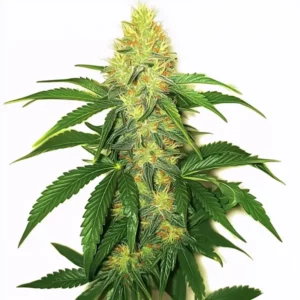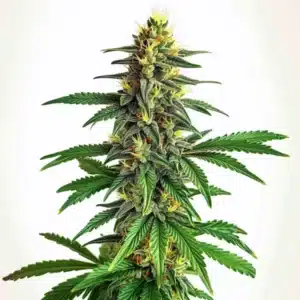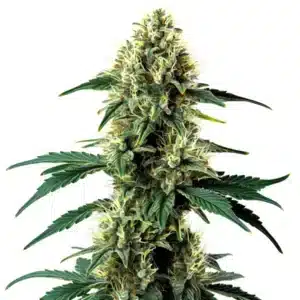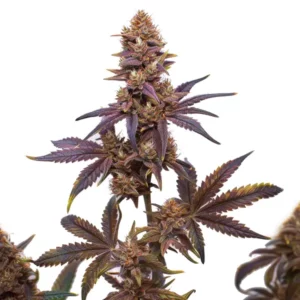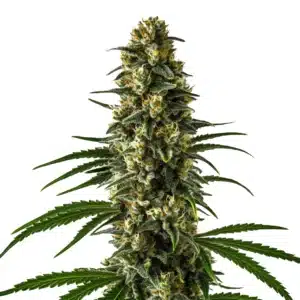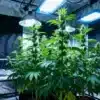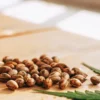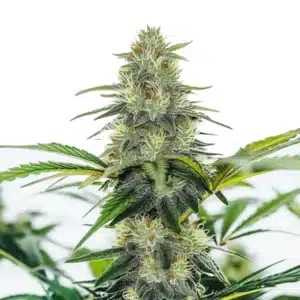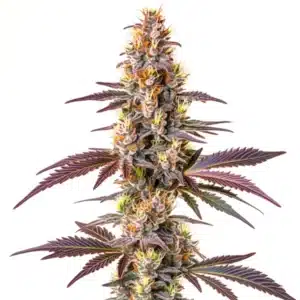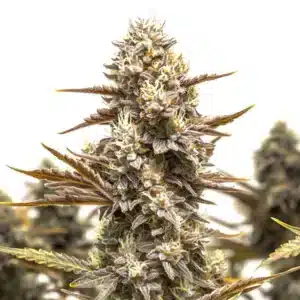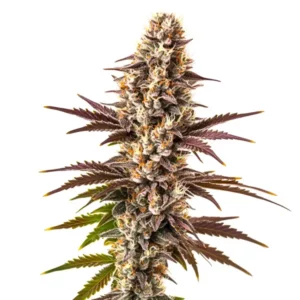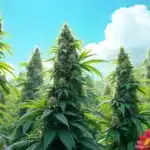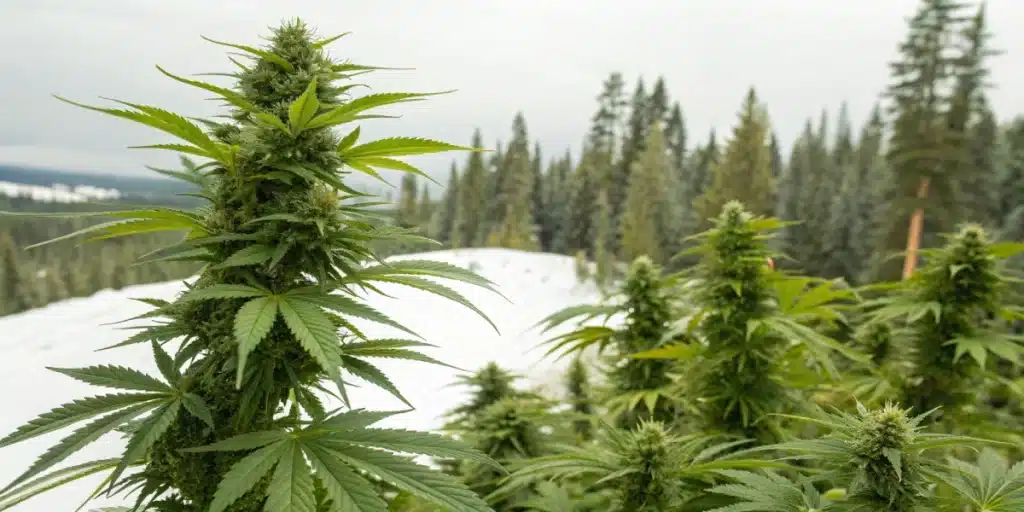
Best Outdoor Strains for Cold Climates
Characteristics of Cold-Resilient Cannabis Strains
Adaptation to Low Temperatures
Cannabis growers in colder regions face unique challenges, but selecting the right strains can make all the difference. Strains that thrive in cold climates have developed unique adaptations to withstand lower temperatures. These strains often originate from regions with similar climates, such as mountainous areas or northern latitudes, where they have evolved to endure chilly conditions. Their genetic makeup enables them to maintain metabolic functions even when the mercury drops, ensuring that they can continue to grow and develop.
A key characteristic of these strains is their ability to photosynthesize efficiently in cooler temperatures. This means they can harness the sun’s energy and convert it into growth even when others may be dormant. Additionally, cold-tolerant strains tend to have a robust structure that minimizes damage from cold snaps. Their sturdy stems and leaves help them withstand the weight of frost or light snow, providing a natural shield against the elements. Choosing strains with these traits significantly increases the chances of a successful harvest in colder climates.
Recommended Strains
AK 47
|
|
THC | 16% - 19% (Medium) |
|
|
Type | Feminized |
|
|
Yield | Medium |
|
|
Phenotype | 35% Indica / 65% Sativa |
AK 47 Fast Version
|
|
THC | 19% - 22% (Medium) |
|
|
Type | Fast Flowering |
|
|
Yield | Medium |
|
|
Phenotype | 35% Indica / 65% Sativa |
Resistance to Frost and Wind
The best outdoor strains for cold climates are not only adept at handling low temperatures but also show remarkable resistance to frost and wind. Frost can be a significant concern, as it can damage or kill the delicate tissues of cannabis plants. However, certain strains have developed mechanisms to survive frost events. For instance, they may produce a thicker layer of protective trichomes or possess a waxy leaf coating that minimizes frost penetration.
Wind resistance is another crucial attribute for cold-adapted strains. Strong winds are common in open, cold areas and can cause physical damage, increasing the risk of plant stress and disease. Strains with a compact growth habit and strong branches are less likely to suffer from wind damage. Additionally, these plants may have a flexible stem structure that allows them to bend rather than break, reducing the likelihood of structural failure. By selecting strains with these characteristics, growers can ensure their plants remain robust and productive throughout the growing season.
Promos & Deals
Evaluating Strain Performance in Outdoor Settings
Growth Patterns and Yield
In cold climates, evaluating cannabis strains based on growth patterns and yield is essential to ensure a successful outdoor cultivation experience. Strains that perform well in these conditions typically exhibit a compact and bushy growth habit. This structure helps them conserve energy and withstand the challenges posed by cold weather, such as reduced sunlight and lower temperatures. Bushy plants are also better equipped to retain heat, providing a microclimate that protects them from the harshest weather conditions.
Yield is another critical factor to consider. The best outdoor strains for cold climates are those that deliver a bountiful harvest despite the challenging environment. Many cold-resistant strains produce dense, resinous buds that are well-suited for withstanding adverse conditions. Growers should prioritize strains known for their resilience and high yield, ensuring that their efforts result in a productive and rewarding harvest. By focusing on these traits, cultivators can maximize the potential of their outdoor cannabis garden.
Flowering Time and Resilience
Flowering time is a crucial consideration when selecting strains for outdoor cultivation in cold climates. The best outdoor strains for cold climates often have shorter flowering periods, allowing them to complete their life cycle before the onset of harsh winter conditions. Early-flowering varieties can capitalize on the warmer, sunnier days of late summer and early fall, ensuring they reach maturity before the weather turns.
Resilience during the flowering phase is also vital. Cold-tolerant strains are less susceptible to mold and mildew, which can be exacerbated by damp, chilly conditions. These strains often have a higher resistance to pests and diseases, reducing the need for intensive intervention. By selecting strains with a proven track record of resilience, growers can minimize risks and work towards a successful harvest, even in less-than-ideal conditions.
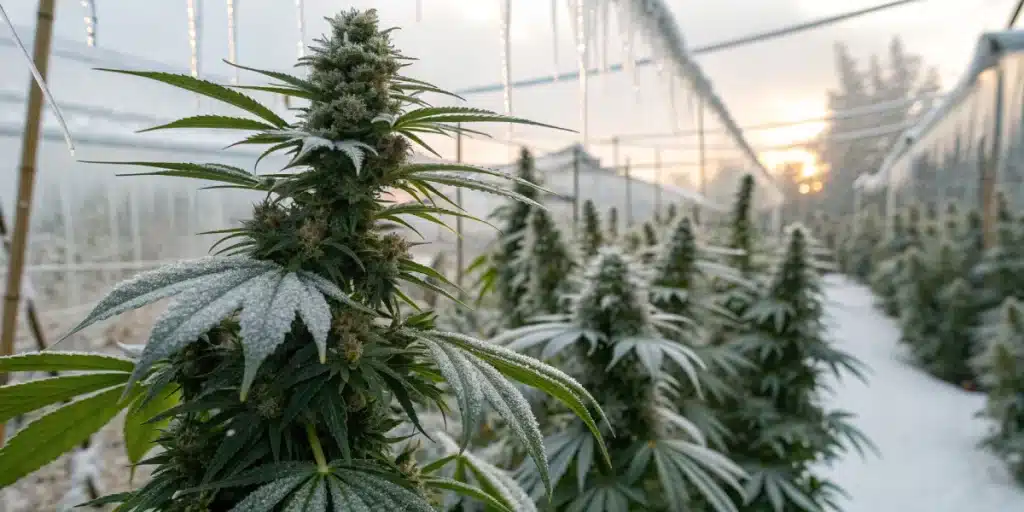
Key Considerations for Cold Climates
Site Selection and Microclimates
Choosing the right site is paramount for cultivating cannabis outdoors in cold climates. Microclimates—localized areas with unique climate conditions—can have a significant impact on the success of outdoor cultivation. Identifying a site with favorable microclimate characteristics can provide cannabis plants with a more hospitable environment, even in colder regions. South-facing slopes, for example, receive more sunlight and can offer a warmer microclimate that encourages growth.
Additionally, natural windbreaks such as trees or hedges can protect plants from harsh winds, while bodies of water can moderate temperature fluctuations. Selecting a site that offers these features can enhance the growing conditions for cannabis plants. Careful site selection helps create an environment where strains can thrive, providing shelter from the elements and increasing the likelihood of a successful harvest.
Seasonal Preparation and Care
Seasonal preparation and ongoing care are critical for optimizing the performance of outdoor cannabis strains in cold climates. Before planting, growers should amend the soil with organic matter to improve its structure and fertility. This step ensures that plants have access to the nutrients they need to thrive. Additionally, employing mulching techniques can help retain soil moisture and regulate temperature, creating a more stable environment for root development.
Regular monitoring and maintenance are also essential. As temperatures fluctuate, growers should be vigilant about protecting their plants from sudden cold snaps. Employing strategies such as using row covers or cold frames can safeguard plants during unexpected temperature drops. By implementing these practices, cultivators can create a supportive environment for their cannabis plants, promoting healthy growth and maximizing yield potential.
Tips for Optimizing Outdoor Cultivation
Using Protective Coverings
Protective coverings are an invaluable tool for growers seeking to optimize outdoor cannabis cultivation in cold climates. These coverings, such as row covers, hoop houses, or greenhouse structures, act as a barrier against harsh weather conditions, including frost, wind, and excessive rainfall. By creating a controlled environment, protective coverings help maintain consistent temperatures and humidity levels, reducing stress on the plants.
The use of protective coverings also extends the growing season by providing an additional buffer against early frosts and late-season cold spells. This extension allows strains to reach full maturity, ensuring a robust harvest. Additionally, these coverings can be utilized to prevent pest infestations and reduce disease risk, further enhancing the potential for a successful outdoor cultivation experience. By incorporating protective coverings into their growing strategy, cultivators can create a more stable and productive environment for their cannabis plants.
Enhancing Soil and Nutrient Management
Soil and nutrient management play a crucial role in optimizing cannabis cultivation in cold climates. Healthy, nutrient-rich soil is the foundation upon which successful outdoor cultivation is built. Growers should focus on enhancing soil quality through the use of organic amendments, such as compost or well-rotted manure, to improve fertility and structure. These amendments provide essential nutrients that support plant growth and resilience.
In addition to soil improvements, implementing a tailored nutrient management plan is essential. Cold climates can slow nutrient uptake, so selecting strains that perform well with minimal nutrient intervention is advantageous. Regular soil testing and appropriate supplementation ensure that plants receive the nutrients they need at each growth stage. By prioritizing soil health and nutrient management, growers can create an optimal environment for their cannabis plants, promoting vigorous growth and maximizing yield potential.

FAQs about Best Outdoor Strains for Cold Climates
Which strains perform best in cold environments?
Several cannabis strains are renowned for their performance in cold environments. These include hardy varieties such as Northern Lights, White Widow, and Afghan Kush. These strains have proven genetics that allow them to thrive in challenging conditions, offering growers a reliable option for outdoor cultivation in cold climates. Each of these strains brings unique characteristics to the table, from resinous buds to compact growth habits, making them ideal choices for colder regions.
How do I protect outdoor plants from frost?
Protecting outdoor cannabis plants from frost is essential in cold climates. Utilizing protective coverings, such as row covers or hoop houses, can shield plants from frost damage. Additionally, employing mulching techniques helps insulate the soil, keeping roots warmer and reducing the risk of frost penetration. Ensuring that plants are well-hydrated before a frost event can also provide a protective buffer, as hydrated plants are less susceptible to frost damage. By combining these strategies, growers can effectively safeguard their plants from the detrimental effects of frost.
What are the key signs of strain adaptability to cold?
Identifying strain adaptability to cold involves observing specific characteristics. Cold-adapted strains often exhibit a shorter flowering period, allowing them to mature before harsh winter conditions set in. They also tend to have a robust growth habit with sturdy stems and branches that withstand wind and frost. Additionally, these strains may produce a thicker layer of trichomes or a waxy leaf coating, providing natural protection against frost. By recognizing these signs, growers can select strains best suited for success in cold climates.


